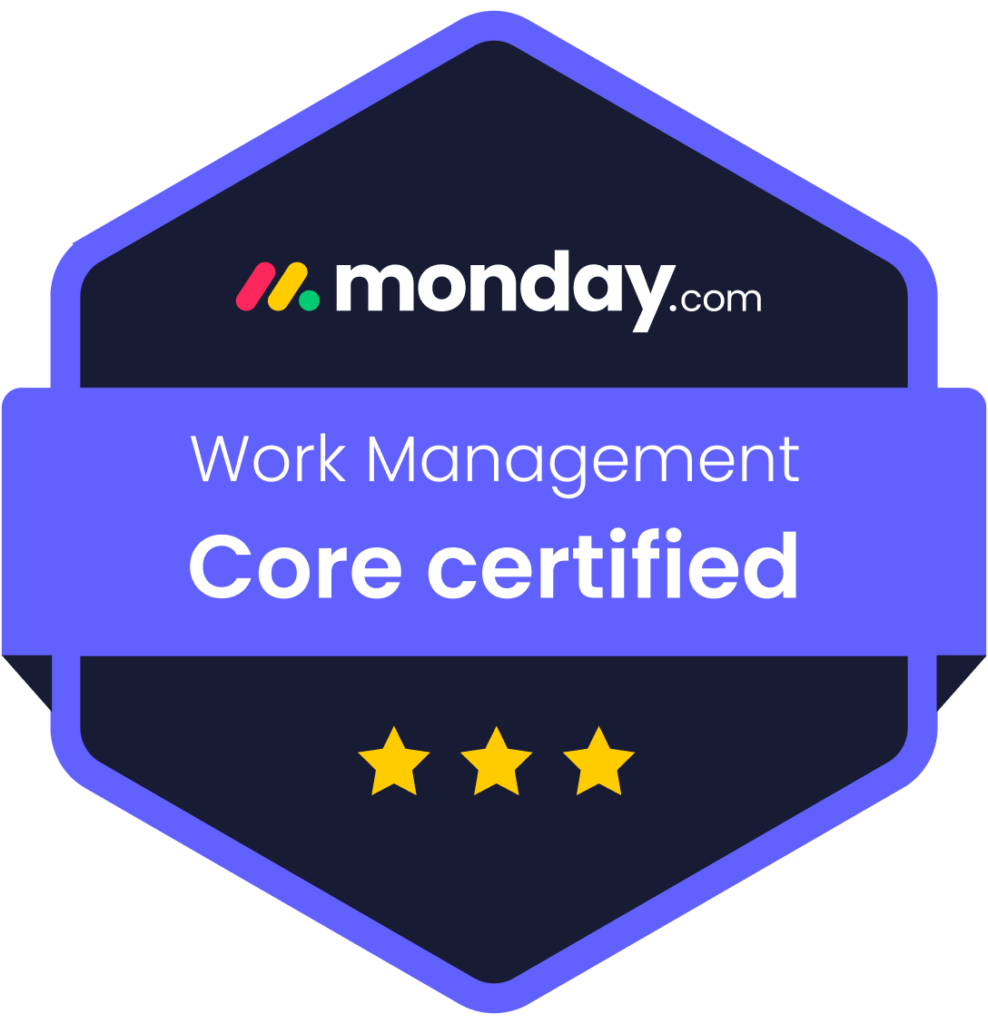Content marketing is one of the most powerful tools in a CEO’s arsenal for driving brand authority, engaging audiences, and boosting revenue. As a CEO, you don’t need to be an expert in content creation, but you must understand how content marketing aligns with business goals and contributes to long-term success. This guide breaks down everything you need to know about content marketing strategy, execution, and optimization for maximum ROI.
Why CEOs Should Care About Content Marketing
Many business leaders see content marketing as just another marketing trend. However, it’s a fundamental driver of business success. Here’s why:
- Builds Brand Authority: High-quality content positions your company as an industry leader.
- Improves SEO & Visibility: Content helps your company rank higher on search engines, driving organic traffic.
- Engages & Educates Customers: Providing value builds trust and keeps customers coming back.
- Drives Lead Generation & Sales: Well-crafted content nurtures leads and converts them into paying customers.
- Reduces Dependence on Paid Ads: Instead of paying for clicks, content marketing generates long-term, organic traffic.
Understanding the CEO’s Role in Content Marketing
While your marketing team handles execution, as CEO, your role in content marketing involves:
- Setting the Vision: Aligning content marketing with business goals.
- Approving Budgets: Allocating resources effectively.
- Ensuring Brand Alignment: Making sure content reflects the brand’s mission, values, and voice.
- Advocating for Content Culture: Encouraging leadership and employees to contribute to content efforts.
- Tracking Performance: Reviewing key content marketing metrics to ensure ROI.
Key Elements of a High-Impact Content Marketing Strategy
A well-planned content marketing strategy sets your company apart from competitors. Here are the core components:
1. Define Your Target Audience
Knowing your ideal customer is crucial. Develop detailed buyer personas that outline:
- Demographics (age, location, job title, industry)
- Pain points and challenges
- Content preferences (blog posts, videos, case studies, whitepapers)
- Buying journey and decision-making process
2. Establish Clear Goals
Set SMART goals (Specific, Measurable, Achievable, Relevant, Time-bound) for your content efforts. Common goals include:
- Increasing website traffic
- Generating more leads
- Improving conversion rates
- Enhancing brand awareness
3. Develop a Content Calendar
Consistency is key. A content calendar ensures regular publishing across different formats:
- Blog posts (SEO-driven, thought leadership, educational)
- Social media content (LinkedIn, Twitter, Instagram, Facebook)
- Video content (YouTube, TikTok, Instagram Reels)
- Webinars & Podcasts (Positioning executives as thought leaders)
- Case studies & Whitepapers (Building credibility with data-driven insights)
4. Optimize for SEO & Discoverability
SEO (Search Engine Optimization) makes your content discoverable. Ensure:
- Keyword research: Use tools like Google Keyword Planner or Ahrefs.
- On-page SEO: Optimize title tags, meta descriptions, and headers.
- Internal linking: Connect related content within your website.
- Mobile optimization: Ensure a seamless experience for mobile users.
5. Leverage Multi-Channel Distribution
Don’t just publish content—distribute it effectively across multiple channels:
- Website & Blog: Your home base for valuable content.
- Email Marketing: Engage existing customers and nurture leads.
- Social Media: Promote content where your audience is active.
- Paid Promotions: Use LinkedIn Ads, Facebook Ads, or Google Ads to amplify high-performing content.
- Influencer & Partner Collaborations: Leverage external networks for greater reach.
6. Measure & Optimize Performance
Use data to refine your strategy. Track key content marketing KPIs:
- Website Traffic: Sessions, page views, bounce rates.
- Engagement Metrics: Likes, shares, comments, time on page.
- Lead Generation: Form submissions, downloads, email signups.
- Conversion Rates: How many leads turn into customers.
- SEO Rankings: Where your content ranks in search engines.
Use tools like Google Analytics, HubSpot, or SEMrush to monitor performance and adjust accordingly.
The CEO’s Playbook for Thought Leadership
As a CEO, one of the most powerful ways to use content marketing is to position yourself as a thought leader. Executives who actively participate in content creation can amplify brand credibility. Here’s how:
- Publish Executive Blogs: Share insights, industry trends, and leadership experiences.
- Leverage LinkedIn & Social Media: Engage with your audience through posts, comments, and shares.
- Appear on Podcasts & Webinars: Speak on relevant topics to expand your influence.
- Write Guest Articles: Contribute to industry publications for wider exposure.
- Encourage Employee Advocacy: Empower employees to share and engage with company content.
Common CEO Concerns About Content Marketing (And How to Overcome Them)
1. “Content marketing takes too long to show results.”
Yes, content marketing is a long-term investment. However, combining SEO-driven content with paid promotion can yield quicker wins.
2. “How do we measure ROI?”
Set clear metrics upfront and track cost per lead (CPL), customer acquisition cost (CAC), and revenue generated from content-driven leads.
3. “We don’t have time to create content.”
Outsource to content agencies or build an internal content team. Also, repurpose existing content into new formats to maximize impact.
4. “What if our competitors copy our content?”
Competition is inevitable. Focus on original insights, brand voice, and unique value propositions to stand out.
5. “We’ve tried content marketing before, but it didn’t work.”
Reevaluate past efforts. Were they aligned with business goals? Did they follow SEO best practices? Were they distributed effectively? Identify weak spots and refine your approach.
Content Marketing Trends CEOs Should Watch in 2025
- AI-Generated Content: Use AI tools like ChatGPT for content ideation but ensure human oversight.
- Video & Interactive Content: Short-form videos, webinars, and quizzes engage audiences more effectively.
- Personalization: Deliver tailored content experiences based on user behavior.
- Voice Search Optimization: More users rely on voice assistants like Siri and Alexa.
- Sustainability & Ethical Marketing: Consumers expect brands to address social responsibility.
Final Thoughts: Making Content Marketing a CEO Priority
Content marketing isn’t just a marketing department initiative—it’s a business growth strategy. As CEO, your leadership in fostering a content-driven culture can elevate brand authority, drive customer engagement, and boost revenue.
If you need help developing a high-impact content marketing strategy, Skyfield Digital can craft a custom approach tailored to your business goals. Contact us at (203) 226-8795, or email us to get started.












